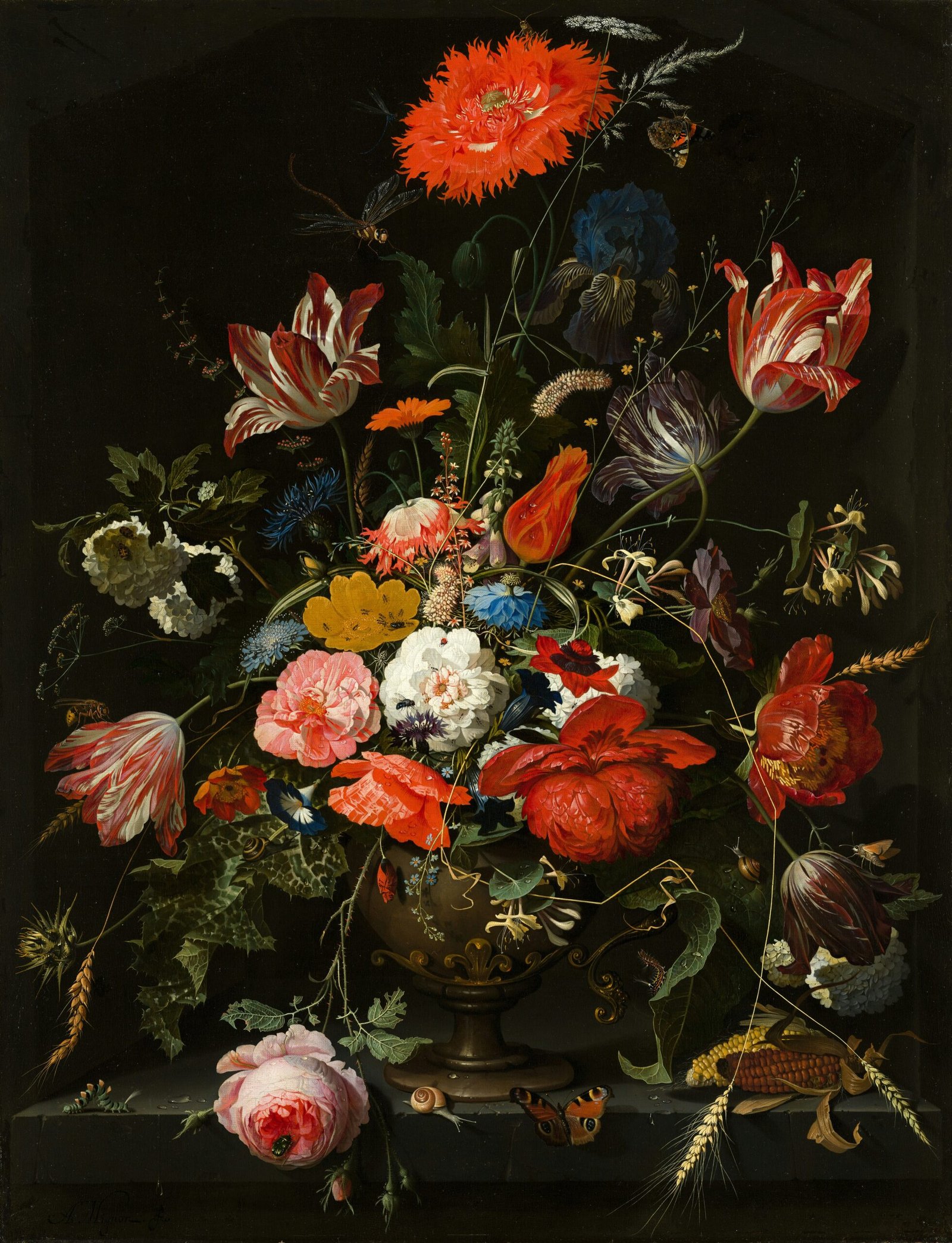
One of the ways art influences creativity
One of the ways in which art influences creativity is by stimulating our imagination. When we engage with art, whether by observing a painting or reading a poem, our minds are transported to a different world, allowing us to explore new ideas and perspectives. The vivid colors, intricate brushstrokes, and captivating storytelling in art can inspire us to think outside the box and consider alternative possibilities.
Art as a source of inspiration
Furthermore, art can also serve as a source of inspiration. Many artists draw inspiration from their surroundings, experiences, and emotions, and their creations can evoke powerful emotions in us as well. By immersing ourselves in art, we can tap into these emotions and use them as a catalyst for our own creative endeavors. For example, a melancholic painting may inspire us to write a heartfelt poem or compose a haunting melody.
Encouraging experimentation and taking risks
Moreover, art encourages us to embrace experimentation and take risks. Artists often push the boundaries of their chosen medium, exploring new techniques and styles. By observing their innovative approaches, we are reminded that creativity thrives when we step outside of our comfort zones and embrace the unknown. This mindset can be applied to any creative pursuit, whether it’s brainstorming ideas for a business venture or designing a new product.
Promoting mindfulness and self-expression
Another way in which art influences creativity is by promoting mindfulness and self-expression. Engaging in art allows us to be fully present in the moment, focusing our attention on the creative process rather than the outcome. This mindfulness not only enhances our ability to generate new ideas but also promotes self-reflection and self-expression. Through art, we can communicate our thoughts, emotions, and experiences in a way that words alone cannot capture.
Fostering collaboration and community
Furthermore, art can also foster collaboration and community. Many artistic endeavors, such as theater productions or collaborative murals, require individuals to work together towards a common goal. In these collaborative settings, creativity flourishes as ideas are shared, combined, and built upon. By engaging with art in a communal setting, we can learn from others, expand our perspectives, and develop a sense of belonging.
Art as expression
Not only does art serve as a source of inspiration, but it also provides us with a platform for self-expression. Through various art forms such as painting, sculpture, dance, and writing, individuals can express their thoughts, emotions, and experiences in a unique and creative way.
Art as therapy and healing
Moreover, art can also serve as a form of therapy and healing. Many individuals turn to art as a means of coping with their emotions, traumas, or mental health struggles. Engaging in artistic activities can provide a sense of release, allowing individuals to express and process their thoughts and feelings in a safe and non-judgmental environment.
Art as a catalyst for social change
Furthermore, art has the power to bring communities together and foster social change. Throughout history, art has been used as a tool for activism, raising awareness about social issues, and promoting dialogue and understanding. Artists have the ability to challenge societal norms, provoke critical thinking, and advocate for justice and equality.
Art as a transformative and liberating process
In conclusion, art serves as a powerful catalyst for creativity, inspiration, self-expression, healing, and social change. By engaging with art in its various forms, we can tap into our own creativity, explore new perspectives, and connect with others on a deep and meaningful level. Art has the ability to ignite our imagination, challenge our thinking, and transform the world around us.
Art as a journey of self-exploration
Art as expression goes beyond mere communication. It is a way for individuals to delve deep into their subconscious and explore the depths of their emotions. Through art, we can give a voice to our innermost thoughts and feelings that may otherwise remain hidden.
The transformative power of art
Moreover, art as expression is not limited to the artist alone. It also has the power to evoke emotions and provoke thought in those who engage with it. When we view a painting, listen to a piece of music, or read a poem, we are invited to interpret and connect with the artist’s expression. This interaction between the artist and the audience creates a unique and profound experience, fostering empathy and understanding.
Art as a process of exploration and discovery
Moreover, the process of creating art allows us to explore and discover new ideas and perspectives. As we engage with different materials, techniques, and mediums, we are constantly learning and expanding our knowledge. For example, when working with clay, we may experiment with different textures and forms, leading us to discover new ways of shaping and molding the material.
The process of creating art and self-reflection
Additionally, the process of creating art encourages self-reflection and introspection. As we immerse ourselves in the act of creation, we often find ourselves delving into our thoughts, emotions, and experiences. This self-exploration can be therapeutic and cathartic, allowing us to gain a deeper understanding of ourselves and our place in the world.
The mindfulness and presence in the process of creating art
Furthermore, the process of creating art fosters a sense of mindfulness and presence. When we are fully engaged in the act of creation, we become immersed in the present moment, letting go of worries and distractions. This state of flow allows us to experience a sense of joy and fulfillment as we lose ourselves in the process of bringing our artistic vision to life.
